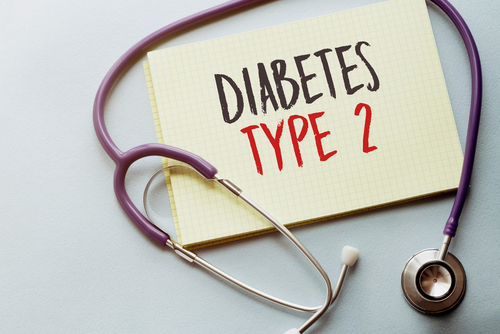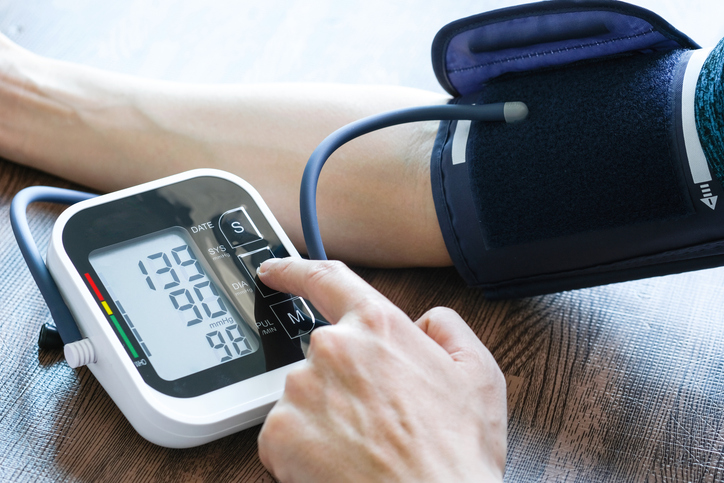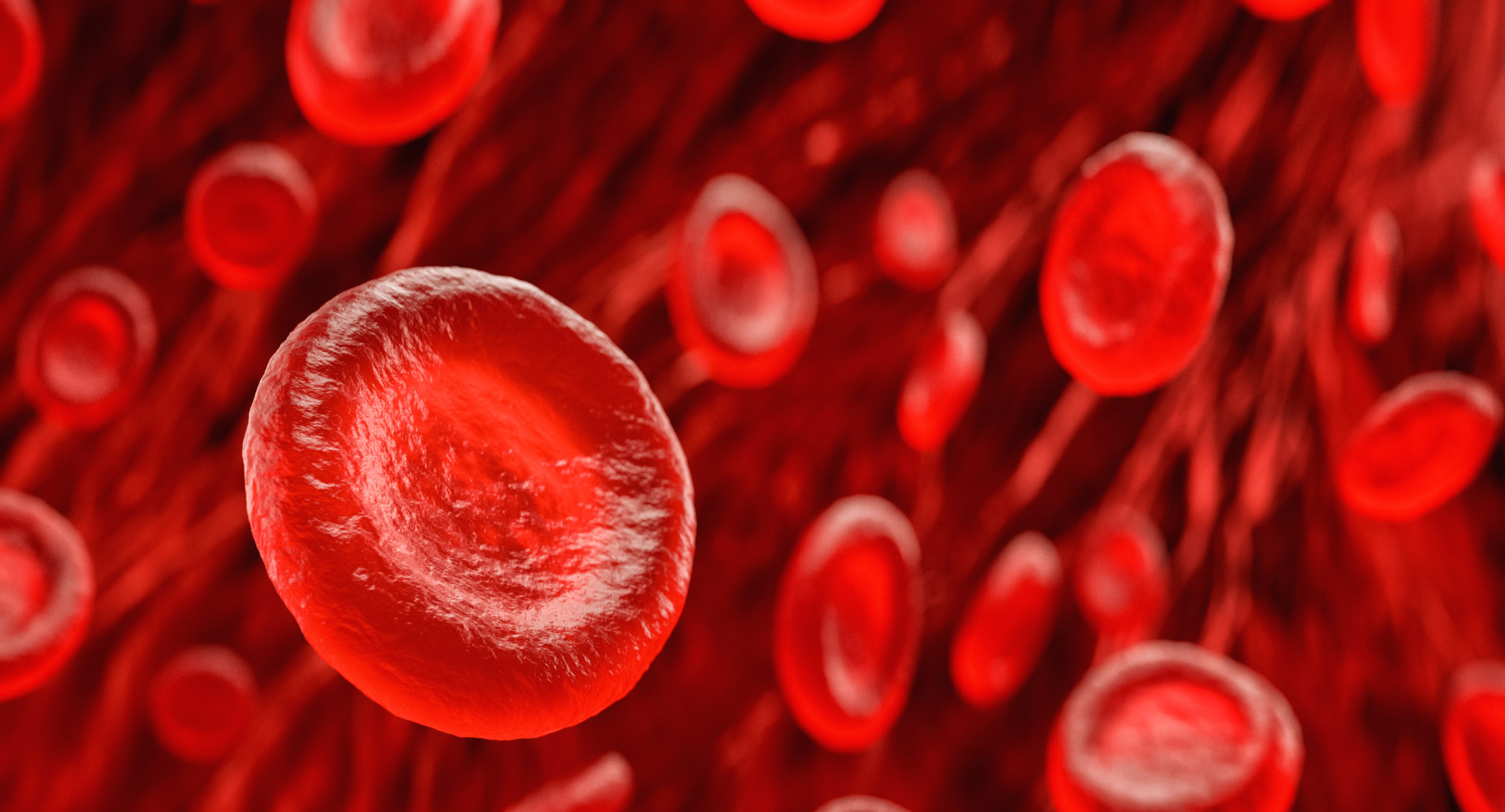
A possible solution for the imbalance between supply and demand for kidney transplantation is the use of kidneys from living donors with hypertension. However, according to Jong Ho Kim and colleagues in Korea, there are limited data on the safety of donors with hypertension following donor nephrectomy, and only a few studies comparing clinical outcomes of hypertensive donors with outcomes of normotensive donors.
The researchers conducted a study to examine the occurrence of proteinuria and the development of impairment in renal function in a cohort of living hypertensive kidney donors and normotensive donors. Results were reported at the ERA 60th Congress in a presentation titled Comparisons of Clinical Outcomes Between Hypertensive and Normotensive Living Kidney Donors: A Nationwide Prospective Cohort Study.
The cohort included 672 hypertensive donors and 5134 normotensive donors identified using data from the Korean Organ Transplantation Registry. Impairment of kidney function was defined as estimated glomerular filtration rate <60 or 45 mL/min/1.73 m2.
The hypertensive donor group had lower eGFR prior to kidney donation and remained lower following donation. However, following adjustment for multiple variables, there was no increase in the risk for eGFR below 60 mL/min/1.73 m2 (adjusted hazard ratio [aHR], 0.87; 95% CI, 0.70-1.09; P=.226) or below 45 mL/min/1.73 m2 (aHR, 1.49; 95% CI, 0.77-2.896; P=.234) among donors with hypertension.
There was no significant difference between the two groups in the rate of decline in eGFR (adjusted unstandardized B, –0.19; 95% CI, –1.15 to –0.76; P=.691). There was an increase in the incidence of occurrence of proteinuria among the donors with hypertension; the incidence tended to increase even 4 to 5 years postdonation. Hypertensive donors had significantly more proteinuria than normotensive donors (aHR, 1.83; 95% CI, 1.13-2.96; P=.014).
In conclusion, the researchers said, “Our study indicated that the risk of proteinuria after donation was increased in hypertensive donors, while it was not translated into significant decline in renal function. The continuous and careful monitoring for proteinuria should be required in hypertensive donors after nephrectomy.”
Source: Kim JH, Lee YH, Yoon SY, et al. Comparisons of clinical outcomes between hypertensive and normotensive living kidney donors: a nationwide prospective cohort study. Presentation #4343. Abstract of a presentation at the European Renal Association 60th Congress; June 15-18; 2023; Milan, Italy.







 © 2025 Mashup Media, LLC, a Formedics Property. All Rights Reserved.
© 2025 Mashup Media, LLC, a Formedics Property. All Rights Reserved.